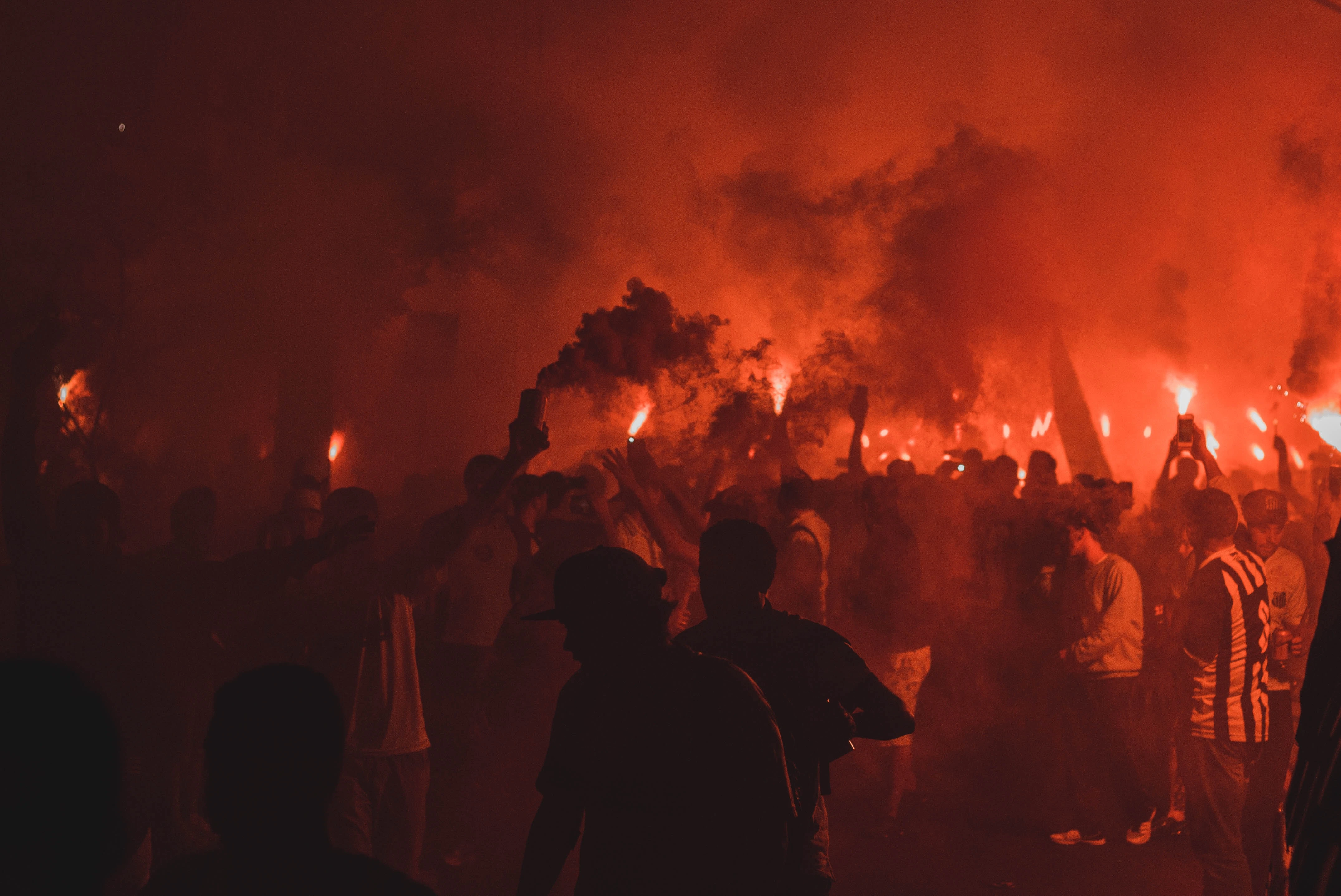Subsonic combustion occurs when the expansion velocity is slower than the speed of sound. Deflagrations that propagate laterally in tubes for more than 55 tube diameters frequently changing to detonation. Tubes that are closed at one or both ends tend to transition sooner than open tubes. The transition is not always instantaneous or dimensional, and it is frequently led by a period of raging flame propagation. As the combustion yields are taken to rest along the walls, the gas expands throughout its transit through deflagration, causing gas movement in the propagation way and increasing pressures in the burnt gas (Kumar et al., 2021). Wave pressure propagate at the velocities of sound at these greater pressures.
Stars are largely comprised of hydrogen and helium, packed so densely in a star’s core that the pressure is high enough to trigger nuclear fusion events. The centers of two atoms unite, forming a new atom in a process known as nuclear fusion reaction. Two hydrogen particles join to form a helium atom, most typically at the center of a space or star. The energy released by fusion events in the center of a star pushes outward to counteract gravity’s inward pull. This energy propagates outward through the star’s layers until it reaches the star’s outer surface (Bramante et al., 2019). The star’s outer layer burns brightly, emitting energy as electromagnetic radiation. New particles are formed when these particles meet head-on.
References
Acevedo, J. F., & Bramante, J. (2019). Supernovae sparked by dark matter in white dwarfs. Physical Review D, 100(4), 043020.
Sanal Kumar, V. R., Chandrasekaran, N., Sankar, V., Sukumaran, A., Rajendran, V., Balusamy, S., … & Choudhary, S. K. (2021). The Physics of Detonation Chemistry: A Radical Theory in Predicting the Deflagration to Detonation Transition, Environmental and Supernova Explosions. In AIAA Propulsion and Energy 2021 Forum (p. 3242).








